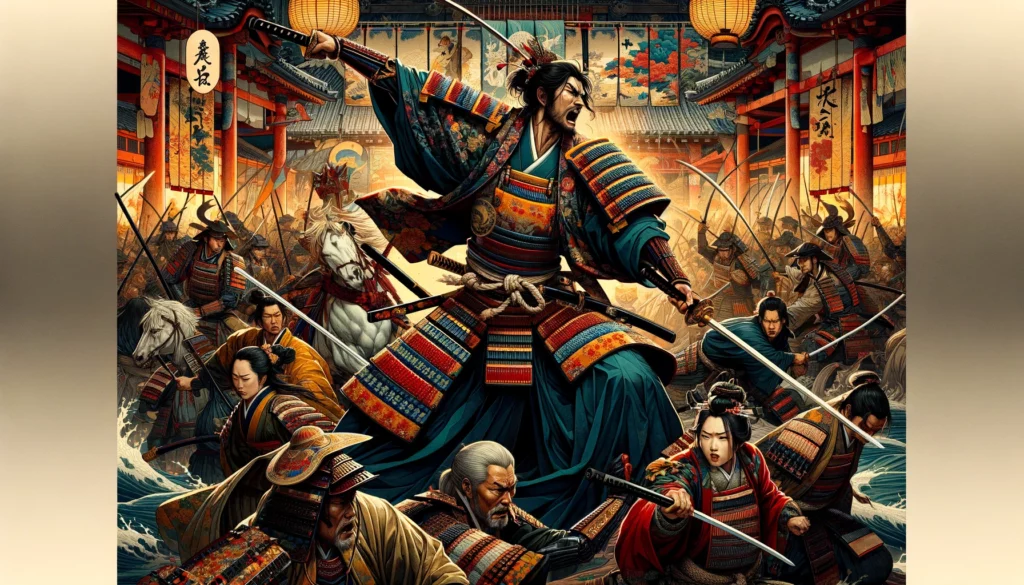

Namely the effectiveness of martial arts
I have always been a fan of comic books and, like all fans, I have experienced various phases of interest in it. Thanks to the fact that my father was too, the items in our house were never lacking, and I could easily range from comics suitable for my age to more adult ones (I still remember today, and I constantly reread with great pleasure, Mandrafina’s comics, and the beautiful “The Eternaut” series). One of the phases that I experienced was of the comic book superheroes both DC and, above all, Marvel. I remember endless discussions with my friends about who was faster between Flash and Superman (it seems Flash) or stronger between The Thing and Hulk (undoubtedly the Jade Giant).
I think it has happened to many practitioners to have had similar discussions inside and outside the dojo: is karate or judo better? Is jujutsu or kung fu more effective? But is Aikido really a martial art? What if I’m in the middle of a fight? Which of these is best for self-defense? And so on. On the relationship between martial arts and self-defense, one could write an entire encyclopedia, but wanting to refer to Shirai Sensei (10th dan of karate, one who knows what it means to really fight) as the best thing to do in case of a brawl is to leave quickly. Or, to paraphrase Ramon Rojo in the movie “Fistful of Dollars” when “a man with a gun meets an unarmed man, the unarmed man is a dead man”. So the question of the so-called effectiveness should not even arise, since we are neither combat-trained Navy Seals nor Remo Williams1
And that in any case, this should not be the primary purpose of martial arts practice in general, let alone iaido, since we don’t wear the sword in everyday life (and even if we did, the result would be the same). Not to mention that we are no longer kids. Nevertheless…
Yet there is always someone who continues taking the discussion to another level: the difference between Do (道 Way) and Jutsu (術 Technique), generally preferring the second to the first because, according to them, more effective. So it’s a flourishing or rediscovering of ‘forgotten ancient techniques’ when in the ‘good old days’ people practiced for real, all with the Jutsu suffix attached to the tail: jujutsu, aikijutsu, kenjutsu, iaijutsu, ninjutsu, and so on. Apart from the fact that kenjutsu does not need to be rediscovered because it is practiced habitually, at least in several schools of iaido, we must remember that this traditionalist discourse is not new. Already at the time of the Pax Tokugawa when in order not to extinguish the existing sword schools they began to systematically organize them in predisposed forms (kata), many complained that these would prevent the warriors from improvising and reacting to the dangers of the battlefields. But then as now, the battles of that kind are over and unfortunately, we have found new and, yes, much more efficient ways to kill each other.
We owe to Jigoro Kano’s revolutionary work the introduction of the suffix Do (道 Way) in place of Jutsu (術 Technique) in modern times:
“At the time a few bujutsu (martial arts) experts still existed but bujutsu was almost abandoned by the nation at large. Even if I wanted to teach jujutsu most people had now stopped thinking about it. So I thought it better to teach under a different name principally because my objectives were much wider than jujutsu.” Jigoro Kano2
In his vision, the martial art he taught (judo), should have had a preponderant educational aspect compared to the techniques (Jutsu) of the old arts of prevailing warrior training. The reflection that can be made is about the predominant ‘spiritual’ meaning that is given to the Way, which often obscures if not even distorts the other elements present in the various martial arts practiced today. I believe that we must always consider that, in budo, Do without Jutsu has no sense to exist, and Jutsu without Do is just a practice of violent techniques an end in itself. If, as the founder of judo taught us, we want to give a strong educational aspect to the arts we practice and teach, we can only commit to practicing the Technique (Jutsu) and respecting the Way (Do). Where the Way leads us is another matter…
- “Remo Williams: The Adventures Begin” Guy Hamilton (1985).
- “A History of Judo” Syd Hoare (2009).
